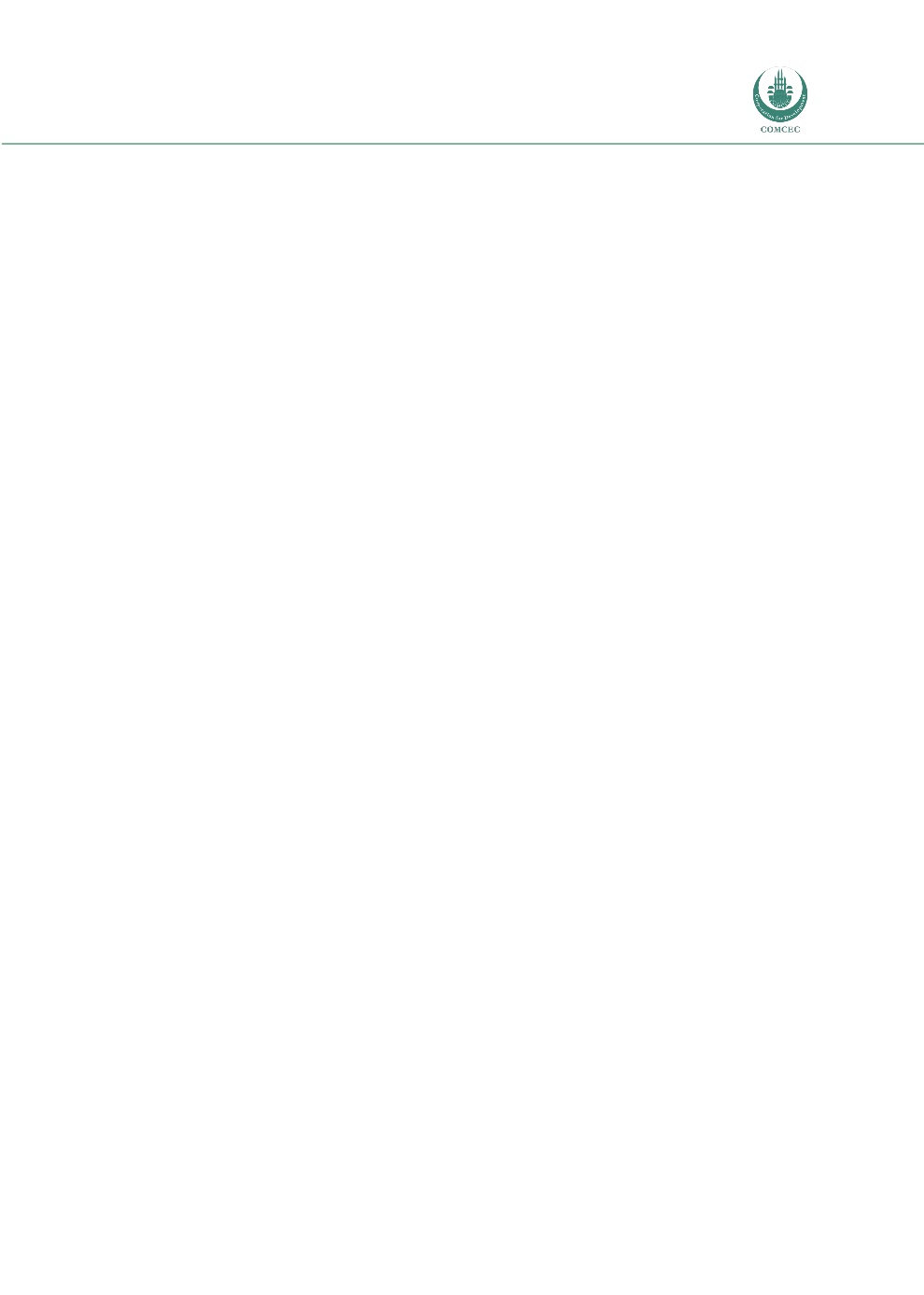

Retail Payment Systems
In the OIC Member Countries
89
UAE is subject to PSOU oversight and must be certified by the PSOU in order to provide
payment and settlement services in the UAE region.
UAE banks, along with Saudi Arabian and Kuwaiti banks, have dominated the GCC and Middle
Eastern banking sector. Because of the number of banks in the UAE, nine of the country’s banks
are among the top 50 Middle East banks. This ranking is based on the tier-one shareholders
equity as defined by Bank of International Settlement (BIS). The UAE Central Bank requires
banks to maintain a 10 % capital/assets ratio and most of the banks exceeded the requirement.
Recently, return on equity and on assets have been much higher in conventional banks than
Islamic banks. The highest ROE in 2004 was reported by the Union National Bank (20.3 %),
while the highest ROA was reported by the Commercial Bank of Dubai (3.3 %). The top UAE
bank based on capital was the Emirates Bank International, and the top UAE bank based on
assets was the National Bank of Abu Dhabi.
According to HSBC (2013), there are 23 domestic commercial banks (three of which are
Islamic banks) and 28 foreign banks operating in the UAE. There are also 110 representative
offices of foreign banks. Four foreign wholesale/investment banks currently operate in the
UAE — Arab Emirates Invest Bank, Deutsche Bank, HSBC Financial Services and Industrial and
Commercial Bank of China. Emirates NBD is the UAE’s largest bank in terms of total assets. In
November 2012, Emirates Islamic Bank, the Islamic banking arm of Emirates NBD, completed
its acquisition of Dubai Bank to become the third-largest Islamic bank in the UAE. The UAE,
with an estimated USD 75 billion of total Islamic assets, is a large global market for the shariah-
based banking industry. An offshore financial centre, the Dubai International Financial Centre
(DIFC), was implemented in the UAE in 2004 with the aim of establishing Dubai as the regional
gateway for capital and investment. There are currently 899 companies operating within the
DIFC, including 17 of the world’s largest banks (HSBC, 2013).
Large Value Payment Systems
Established in 1980, the UAE Central Bank is the main regulatory and supervisory body in the
banking industry. It has the power to implement banking policy with regard to directing
monetary credits taking into account the UAE’s general policy. The UAE’s banking and
monetary system has made significant progress in recent years due to the Central Bank’s
increasingly strict control of financial institutions. In particular, 1998 was a year of impressive
growth in the banking sector, attributable to some extent to adherence to the guidelines laid
down by the Central Bank. In the last ten years, the Central Bank has played an important role
in supervising the banking industry and has contributed in a measurable way to improving the

















